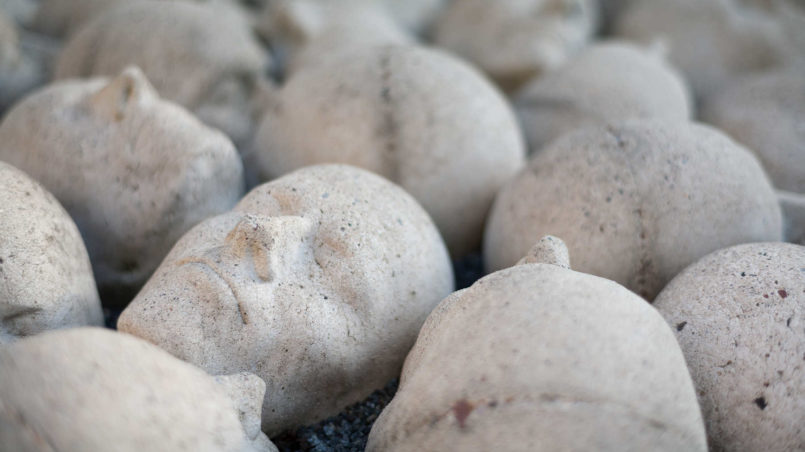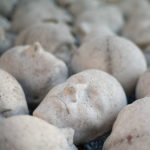My “Credenza” is Inside My Mind

There is a word that has a particular meaning for me and it is a word whose value has changed over the years. The word I am talking about is belief. A system of beliefs is a set of convictions which result from one’s personal life’s experiences.
In the Merriam-Webster dictionary, a belief is: “a state or habit of mind in which trust or confidence is placed in some person or thing” and also “something that is accepted, considered to be true, or held as an opinion: something believed”.
To trace the etymology of a word means that you go back to the origin of it, by finding its transmission from one language to another. In the Greek language, the term “doxa” means belief, opinion. It was used to identify knowledge based on a subjective opinion and not on an objective truth. In the Latin language, the term “credentia” is a derivative of the word credĕre which means to put your trust in somebody or to consider something to be true.
In the past when the sovereign of a fief – land granted by a feudal lord – was visited by the lord of another territory, the landlord used to put the gifts brought from the guest on a piece of furniture called a credenza. Most of the time, those gifts consisted of food because the quality food was a prerogative of the richest and most prosperous families. All the cooked things were laid on the credenza waiting for the dinner to start, being tested before they were served. Unluckily the trust between the feudal lords was not authentic, in fact, they strongly doubted the purposes of each other. The landlord feared that there could be poison inside the food and so a servant used to taste all the different dishes in order to prove that it was not harmful.
I can surely not be the only one to detect a not so veiled hypocrisy in this kind of attitude. “I believe in you so much that I put your gifts on my credenza (which means I trust you) but then, just to be sure, one of my servants will test your food. You know … just in case!” This looks like a real contradiction to me and, at the same time, it sounds familiar.
A mind is a tool. You can compare it to a hammer which, most of the time, hits your finger. The mind works mainly in the subconscious and very little in the conscious. It is not totally our fault – nobody has ever taught us how to listen to our intuition. When the mind is functioning on the subconscious level, it listens to our fears, insecurities, problems, obstacles, and doubts.
Another way to understand this concept more deeply is to think of the brain as a computer. The two main parts of it are the hardware and the software. The hardware is the material part of the brain, all the cells, liquids and different substances that constitute it. The software is the program, all the data that control what the computer does; in other words, it represents information. While I was gathering material for the article, I came across this quote: “You can put an entirely new program in the hardware and make it create an entirely new experience for the user.” What amazed me the most was that this is basically what we can do with the mind. If we change the program of the software, which usually has an impact on the subconscious side, and instead redirect it to the conscious one, we change the program! Biologically speaking, what happens is that we cut off the old synapses and create new ones.
Is this difficult to do? In my personal experience, I can honestly say that it is tremendously hard, but the result is well worth the effort.
When I realized this, it was a little strange, because I had always thought that my enemies were all the people who did not understand me. The problem is never the outside, indeed it is mostly the inside. We can’t change others, but we can definitely improve ourselves!
Credits
| Image | Title | Author | License |
|---|---|---|---|
 |
Sculpture_Kopf-Stein-Pflaster_Timm_Ulrichs_Schiffgraben_Hanover_Germany. | ChristianSchd | CC BY-SA 4.0 |
